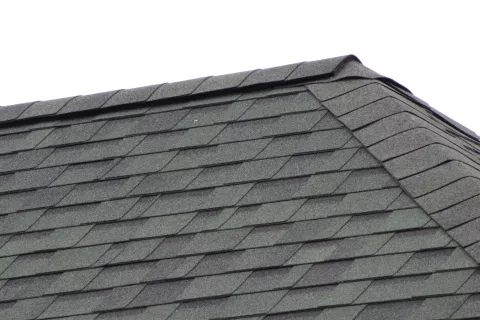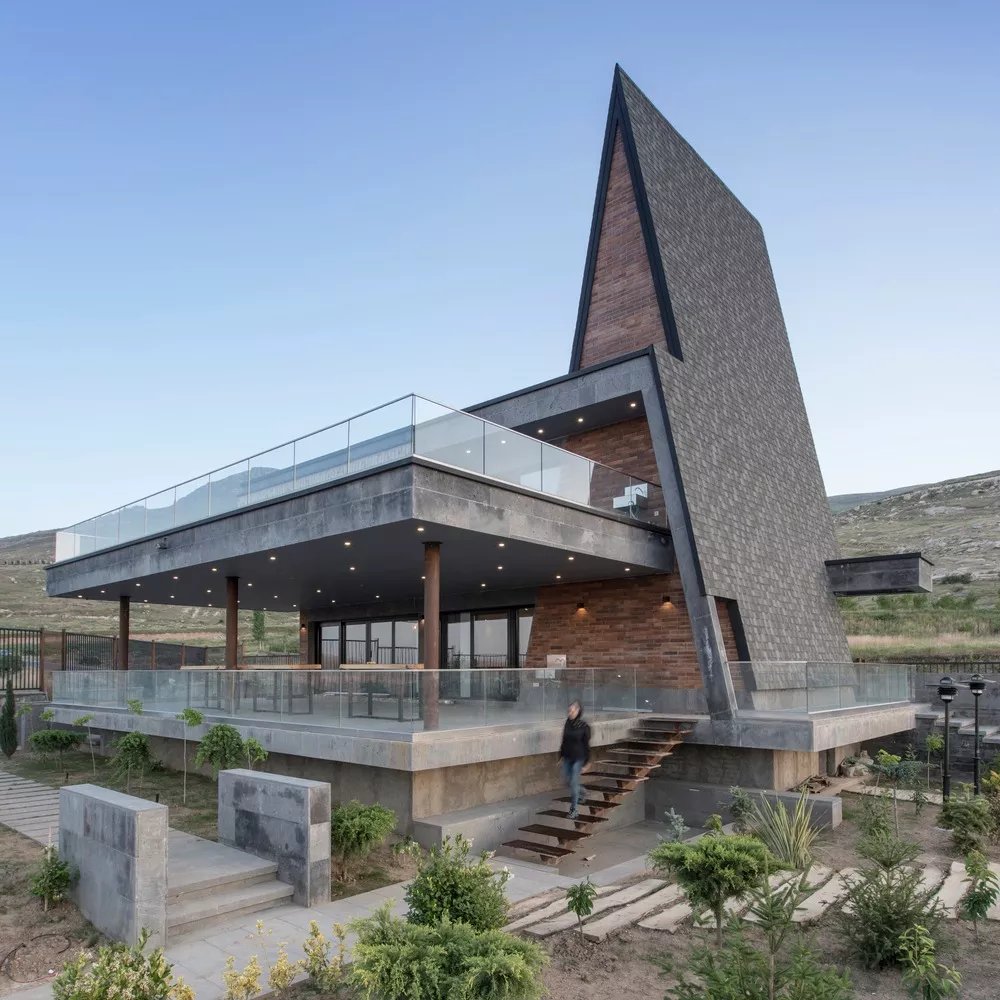Search
Search
1419 results were found.
Cambridge Xtreme 9.5° is the best choice when it comes to a perfect architectural shingles roof. This extreme roof shingle has it all: an exclusive architectural look and feel, an impressive minimum slope, a wide range of roof shapes, extreme safety for your house,..
Cambridge Xtreme 9.5° is the ideal roof solution for many projects. Whether you are planning to build a “simple” (residential) house or a more distinguished architectural building project like a modern mall or an exclusive hotel, this roof shingle serves each purpose.
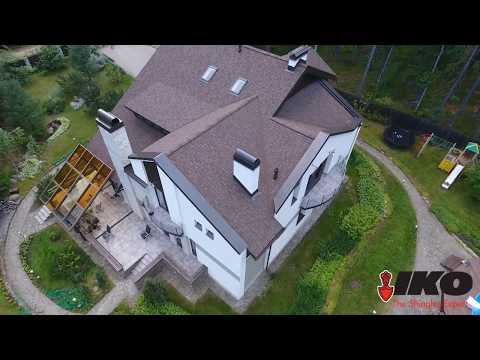
Xtreme roof slope = 9,5° (!) right up to 90°
Until a while ago, roof shingles have only been recommended for roof slopes between a minimum of 15° and a maximum of 85°. Cambridge Xtreme 9.5° easily exceeds this minimum roof slope by more than an impressive 35%! Unlike other roofing materials, often limited to a minimum slope of 15°, Cambridge Xtreme 9.5° can be installed on roofs of 9,5° (!). As for the maximum slope, this top of the range self-adhesive shingle can even be applied on vertical walls! So Cambridge Xtreme 9.5° opens up a whole new universe of possibilities on sloped roofs: from as low as 9,5° (!) right up to 90°. No more limits for your architectural building projects!
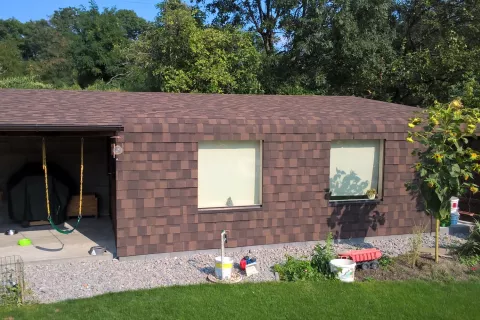
Suitable for all roof shapes
This wide reach of roof slope also means that a lot of different roof shapes can be covered with Cambridge Xtreme 9.5°: from a simple gable roof to a classy mansard roof, from a garmel roof to a curved turret, from a dormer roof to a façade. Thanks to its maximum slope of 90°, you can even cover a wall with Cambridge Xtreme 9.5°, resulting in a unique style for your contemporary building project.
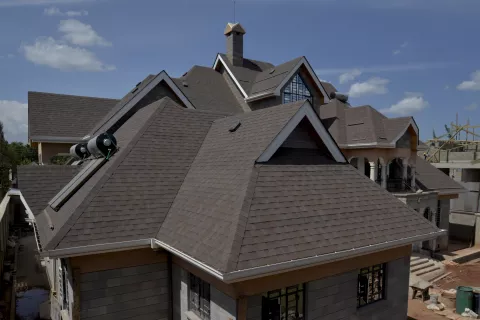
Impressive resistance to wind driven rain
Thanks to its self - adhesive character, this strong and durable shingle withstands the most severe wind driven rain. Cambridge Xtreme 9.5° was tested by the KIWA-BDA Institute Netherlands and exceeds the CEN/TR 15601:2012 norm. This norm stipulates a resistance to wind blowing at 47 km/h and rain falling with 89 mm/h. This is an extreme situation that occurs only once per 50 years in Europe (according to the BRE Institute). Cambridge Xtreme 9.5° even registered a perfect resistance to winds blowing at 61 km/h and rain falling with 120 mm/h. Safe to say that Cambridge Xtreme is the safe roofing choice when it comes to extreme weather situations.
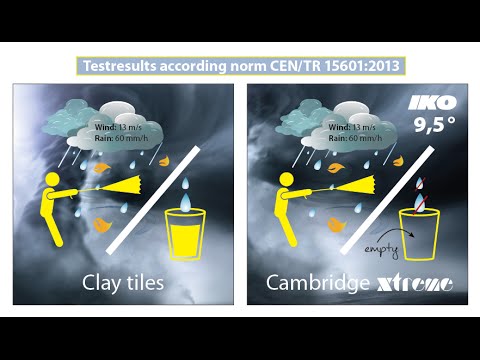
Cambridge Xtreme 9,5° is the safest solution for any building project!
This impressive resistance and extreme slope aren’t the only reason why Cambridge Xtreme 9,5° is the best option for your building project. The bigger size of shingle (comparable with Cambridge Xpress) contributes to a fast installation and with its 7 natural colours it fits every roof style.
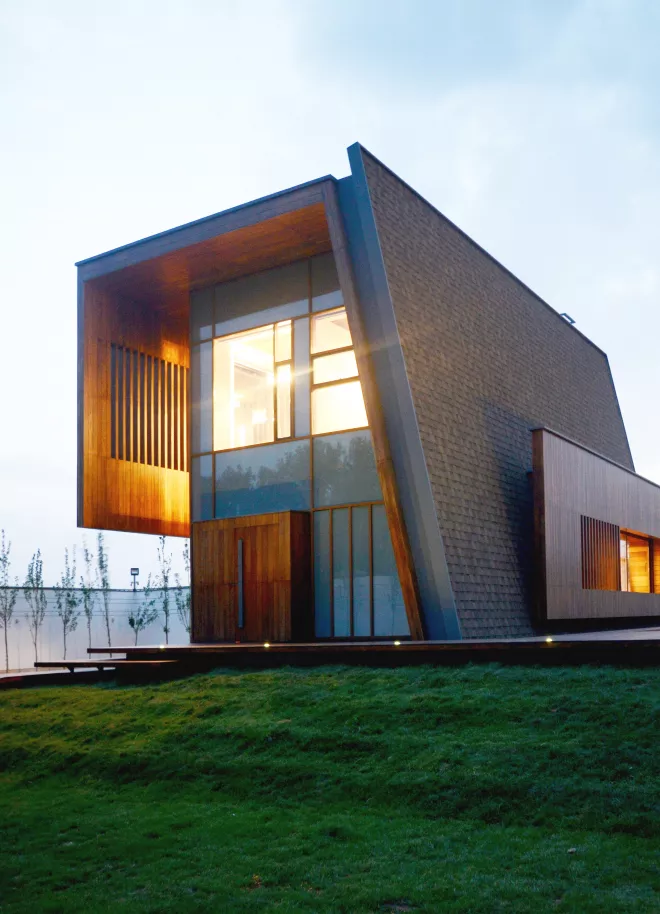
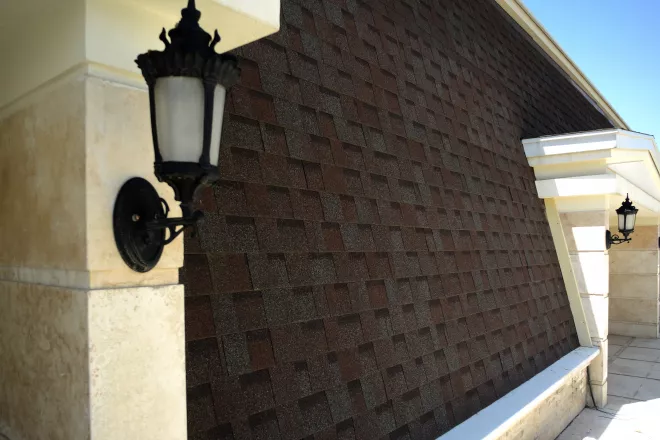
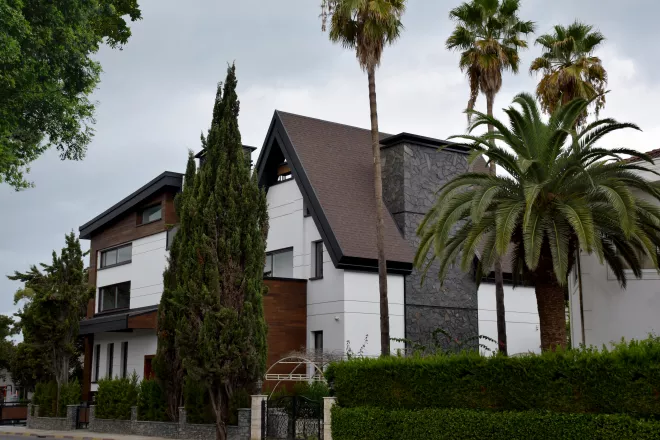
Interested in the product mentioned in this blogpost?
Ventilation of your shingles roof has many advantages. It will lower the temperature of both the shingle roof and the space directly underneath, leaving the roof structure unaffected and preventing accumulation of moisture in the attic. Let’s take a look at ways how and reasons why to ventilate your roof/attic.
1. What is roof/attic ventilation?
Ventilation is simply the process of supplying a continuous supply of air through the attic space.
“Proper ventilation” consists of 50% intake ventilation, near the lower part of the attic space, and 50% exhaust ventilation, near or at the roof peak. The exhaust ventilation must be positioned at least 91cm higher than the intake system.
